Under the continuous drive of contemporary medical technology, strategies for diagnosing and preventing diabetic foot are constantly evolving. The introduction of plantar pressure distribution systems marks a significant leap in detection technology. This article will delve into the innovative role of this technology in diabetic foot management, focusing on its scientific principles, core advantages, and empirical applications.
1. Scientific Basis of the Plantar Pressure Distribution System
The plantar pressure distribution system is a medical device that integrates biomechanics and precision sensing technology. It aims to evaluate the structural and functional integrity of an individual's foot by precisely measuring and analyzing the pressure distribution on the foot. The system is equipped with a highly sensitive array of pressure sensors that capture real-time pressure data at various points on the sole. This data is then processed by specialized software, transforming it into visual pressure maps and detailed analysis reports, providing objective evidence for clinical decision-making.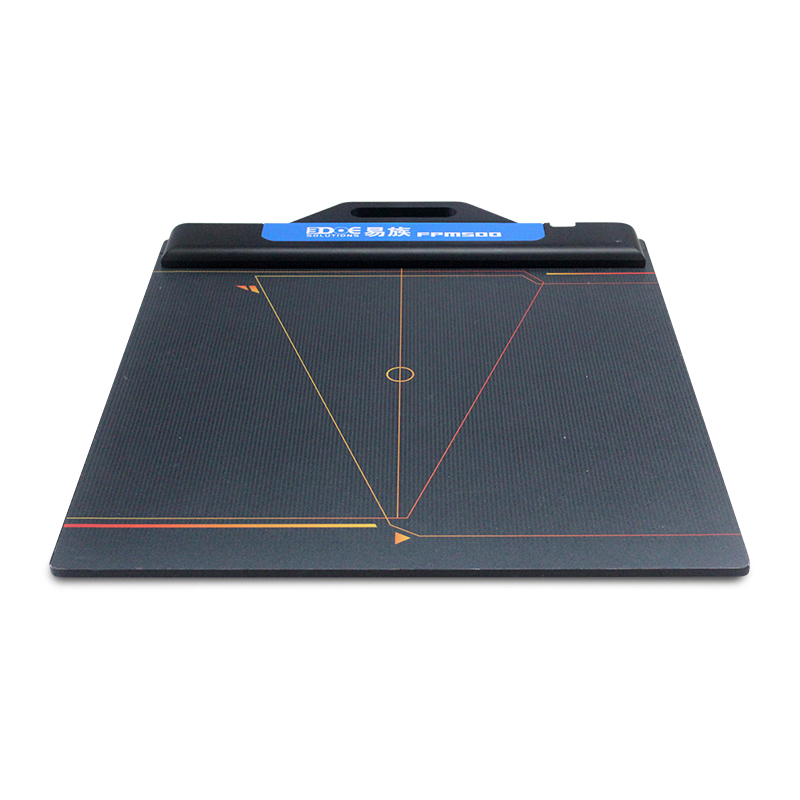
2. Significant Advantages in Diabetic Foot Management
1. Early Warning Mechanism: Given that diabetic patients often suffer from neuropathy and vascular disease, leading to loss of foot sensation and inadequate blood flow, this system can sensitively detect abnormal pressure distribution on the sole, indicating potential risk areas and providing critical information for early intervention.
2. Accurate Condition Assessment: Through detailed pressure distribution maps, doctors can accurately diagnose uneven pressure on the foot and the extent of tissue damage, laying a solid foundation for developing personalized treatment plans.
Dynamic Treatment Monitoring: During the treatment process, the system continuously tracks changes in plantar pressure, providing real-time feedback on treatment effectiveness. This facilitates timely adjustments to the treatment plan, ensuring optimal outcomes.
3. Practical Application Cases
In one medical institution, when using the plantar pressure distribution system to screen diabetic patients, an abnormal concentration of pressure was detected in the heel and forefoot of a patient. Further examination confirmed the early stages of diabetic foot. Based on the pressure distribution analysis provided by the system, the doctor customized a treatment plan and used the system to dynamically monitor the progression of the condition. Over time, the patient's plantar pressure distribution normalized, and symptoms of diabetic foot significantly improved, demonstrating the system's high efficiency and practicality in disease management.
4. Prospects and Comprehensive Prevention Strategies
The plantar pressure distribution system, as a new tool in diabetic foot management, has significant application value. With future technological iterations and deeper application, its role in the prevention and control of diabetic foot will become more prominent. However, managing diabetic foot is a multifaceted effort. In addition to technological assistance for detection, attention must also be given to patient education, daily foot care, blood sugar control, and lifestyle adjustments. Only by comprehensively employing these measures can the incidence of diabetic foot be effectively reduced, ensuring a high quality of life for patients and making sure every step is on the path to health.

 +86-0755-86131192
+86-0755-86131192 2024-05-31
2024-05-31 Back to list
Back to list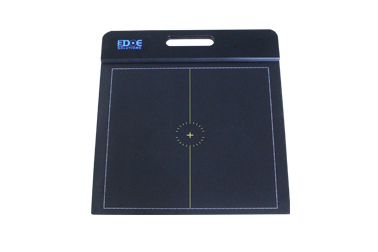
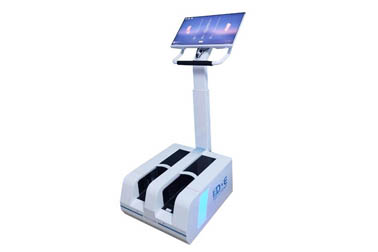
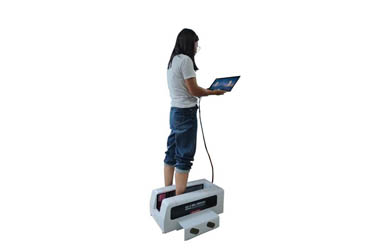
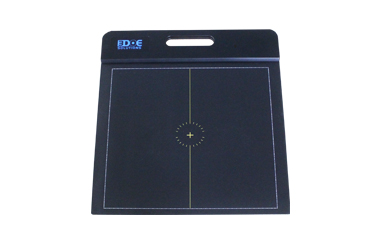

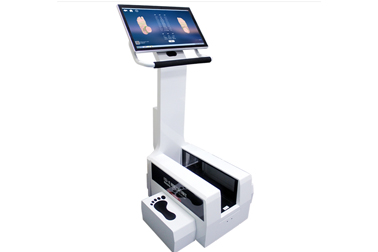



 +86-0755-86131192
+86-0755-86131192